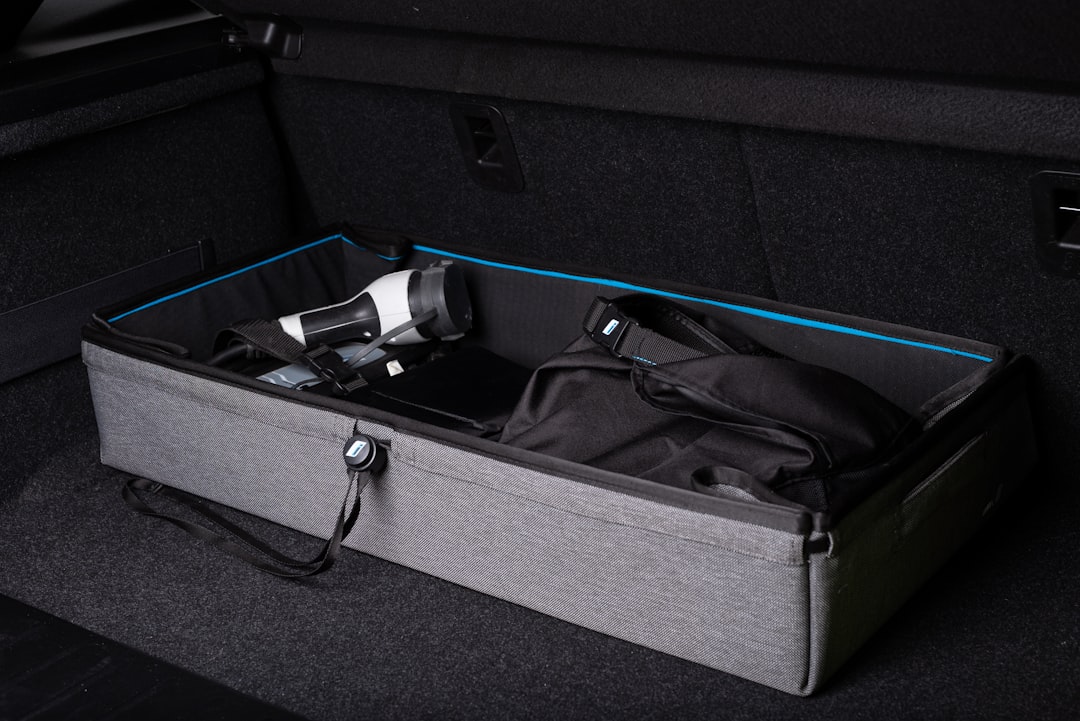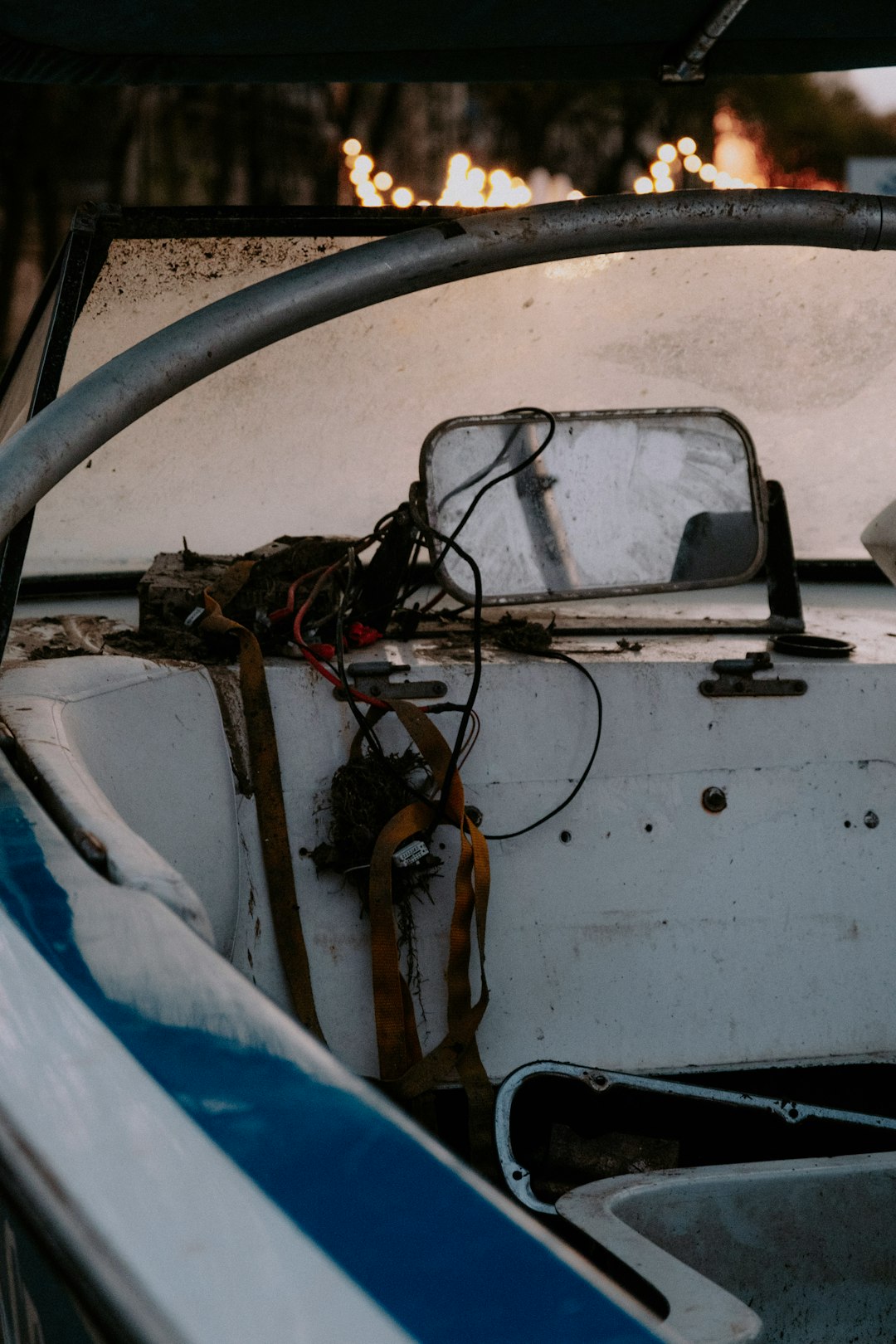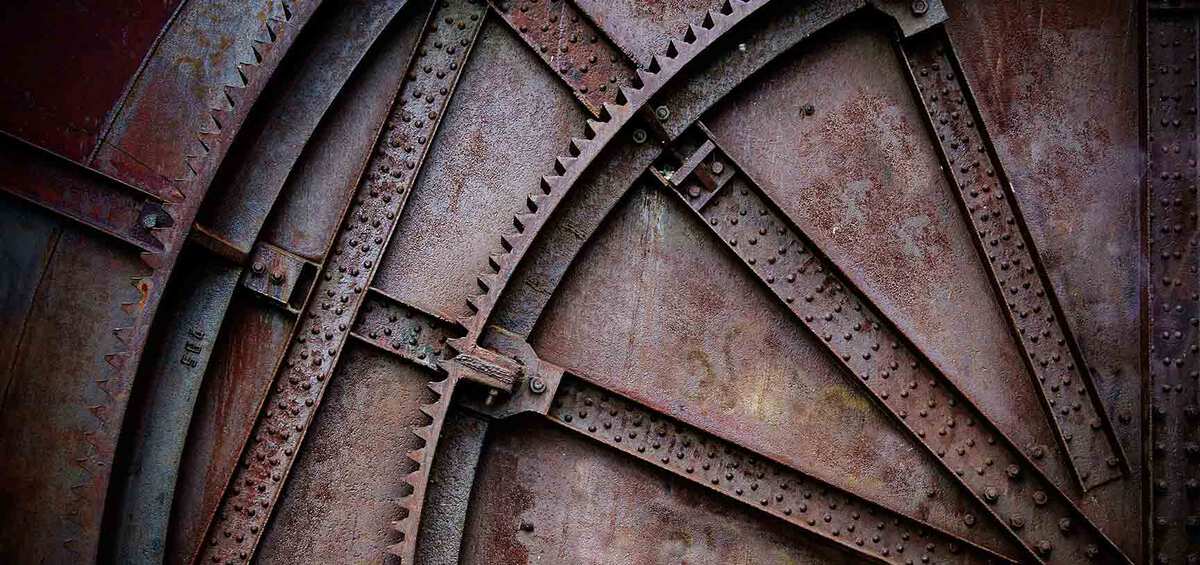Transporting DJ speakers safely is an essential task for professionals who regularly travel for gigs, events, or mobile DJing setups. Whether you own high-end PA speakers or compact powered monitors, these components are both costly and fragile. Improper handling during transportation can lead to significant damage that affects performance or requires expensive repairs. To prevent damage and ensure optimal audio performance over the long term, DJs and sound technicians must take the proper precautions when moving their gear.
Understanding the Risks of Transporting DJ Speakers
DJ speakers, especially the powered ones, consist of delicate internal components including drivers, voice coils, power amps, and circuitry. During transit, these parts are vulnerable to:
- Mechanical shocks from drops or bumps
- Moisture exposure due to weather or condensation
- Dust and debris that can clog ports or get into sensitive components
- Overheating from poor ventilation if packed improperly
Understanding these risks helps lay the foundation for creating a damage-proof transportation process. The good news is, with the right equipment and techniques, the chances of damaging your speakers can be greatly reduced.
Step-by-Step Guide to Transporting DJ Speakers Safely
1. Invest in Proper Cases
Hard cases and padded bags are your first line of defense. A quality case can absorb impacts, resist water, and keep dust out. Look for products specifically designed for your speaker model for a secure fit. Flight cases with foam inserts provide the highest level of protection.
For smaller gigs, if hard cases aren’t within the budget, opt for padded speaker bags with reinforced corners and weather-resistant materials.

2. Disconnect and Secure Cables
Before moving any equipment, disconnect all attached cables, including power cords, XLRs, and audio connectors. Leaving cables attached can cause connector damage or tangle-related accidents. Secure loose cables in a separate pouch or bag so they don’t scratch or stress your speaker’s surface.
3. Use Protective Covers for Transport
If hard cases are not an option, at minimum use weatherproof speaker covers. These protect from dust, mild moisture, and light scratches. Ideally, cover the speaker fully, including underneath. Some covers come with built-in padding while others are designed purely for cosmetic protection, so choose accordingly.
4. Load Speakers Upright and Securely
During transport, place speakers in an upright position just as you would use them during a performance. This orientation helps prevent internal driver movement which can occur if levels shift or objects fall during transit. Make sure to use:
- Foam padding underneath and between units for shock absorption
- Ratcheting straps or bungee cords to hold them in place
- Non-slip mats to prevent movement in the vehicle
Never stack heavy items on top or allow the speakers to lean; imbalance can destabilize the load and lead to damaging falls.

5. Temperature and Humidity Considerations
Electronic equipment can suffer in extreme temperature conditions. Avoid leaving speakers in a hot car in summer or exposed to freezing conditions in winter. Temperature extremes can impact the glue that holds components together, and condensation may form when cold gear is brought into warm rooms, risking short circuits.
Allow time for your equipment to reach room temperature before powering on, particularly if you’ve driven through wildly different climate conditions.
6. Label and Organize
Label your cases with the speaker type, destination, and contents. Keeping a checklist can help during large events or when managing multiple setups. Organization reduces the likelihood of mishandling or from stacking improperly during load-in and load-out stages.
Troubleshooting: What If Damage Occurs Anyway?
Despite best efforts, accidents can happen. Here are some pointers if your speaker shows signs of damage after transportation:
- Distorted sound or no audio? Check internal fuses and blown drivers.
- Loose grill or cabinet damage? Tighten screws and inspect for cracks or dents.
- Water exposure? Do not power the speaker. Let it dry completely, ideally in a dry room with ventilation or use silica gel packets inside the cabinet to draw moisture out.
If you’re unsure, have a qualified technician inspect the damage before using the speaker at your next gig.
Top Accessories to Help with Safe Transport
- Rolling dollies or carts: Minimize physical strain and protect cabinets by using wheels over uneven sidewalks or ramps.
- Speaker tripod bags: Don’t forget the stands. These are easily scratched or bent when shoved into vehicles unprotected.
- Foam padding sheets: Inexpensive and reusable, foam protects between gear when hard cases are unavailable.
- Desiccant packs: Perfect for long drives through humid areas or rainy days.
Conclusion
Safely transporting DJ speakers is not just about convenience—it’s a matter of extending the life and performance quality of your investment. By using the right gear, being mindful of weather, securing components before transit, and maintaining organization, DJs can ensure their sound systems stay performance-ready no matter where the music takes them. Whether you’re an aspiring artist or a seasoned professional, mastering the art of moving equipment is a fundamental part of show readiness.
Frequently Asked Questions (FAQ)
-
Q: Do I need a flight case for every speaker?
A: Flight cases offer the best protection, especially for high-value or frequently used speakers. If you travel weekly or perform in unpredictable environments, it’s a worthwhile investment. -
Q: Can I lay my speakers flat in my vehicle?
A: It’s better to transport speakers upright to maintain internal alignment of drivers and components. Only lay flat if you have no alternative and use plenty of padding. -
Q: How can I protect speakers in the rain?
A: Use padded, weather-resistant covers or cases. Also, keep a tarp or plastic sheeting handy for unexpected weather during outdoor events. -
Q: Should I keep original speaker boxes for transport?
A: If you don’t have proper cases, keeping the original packaging with foam can be helpful for safe storage or occasional moves. However, it’s not ideal for frequent gigs. -
Q: What signs should I look for after transport to ensure no damage?
A: Check for rattling noises, loose screws, audio distortion, or any signs of power failure when testing the gear after unloading. If anything seems off, inspect carefully before using in a live setting.

